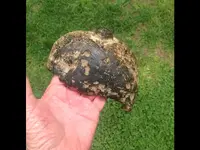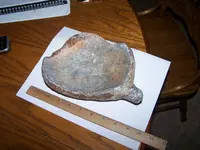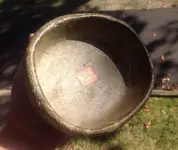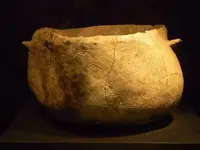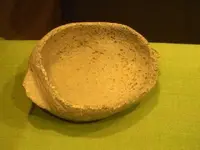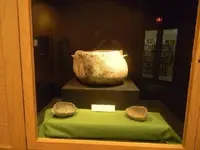yakker
Bronze Member
So... It definitely feels like soapstone (soft and talc-ee), which would fit this area, with all the quarries. Texture seems a little unusual, but I have no idea how soapstone wears- especially over long periods of time, tossing around in multiple river floods. I pulled this from the muddy-clay side of a creekbank through the forest and down the crease from the field where I've recently found artifacts. I just got a couple pics this past week- the piece itself is on the farm. I'm letting them keep it. But I honestly don't know. The rim is flat and level, and the bottom is flat enough that it 'sits' well, even broken as it is. What do you think? I can take more pics on Wed. if anyone wants more. Thanks for looking! Yakker
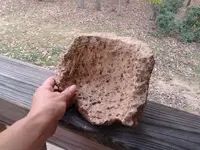
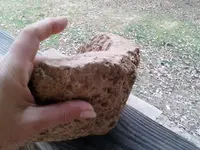
Met up with this VERY large and scary spider- and nearly put my hand right on (her?) as I was clamering over the creek-side rocks (AAAaaaaaack!)

Happy Hunting All!


Met up with this VERY large and scary spider- and nearly put my hand right on (her?) as I was clamering over the creek-side rocks (AAAaaaaaack!)

Happy Hunting All!
Upvote
0



 Hope someone chimes in with knowledge. And yes, that was one crazy-a$$ spider .. soooo not cool! Yak Found this image on another site... amazingly similar! (mine's got a nicer rim, though!) So apparently, they were often pock-marked through the act of chiseling. Mine probably got worked over by lots of flood waters and sand and pebbles along the way, so it's not so weird to imagine any more. Plus this quote-
Hope someone chimes in with knowledge. And yes, that was one crazy-a$$ spider .. soooo not cool! Yak Found this image on another site... amazingly similar! (mine's got a nicer rim, though!) So apparently, they were often pock-marked through the act of chiseling. Mine probably got worked over by lots of flood waters and sand and pebbles along the way, so it's not so weird to imagine any more. Plus this quote-

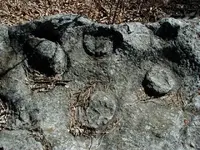
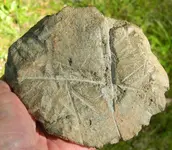
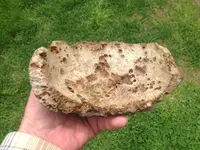
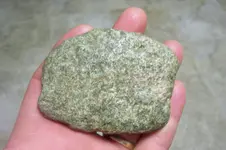
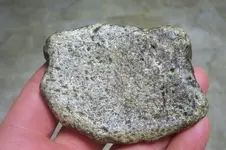
 )There's a still-active soapstone quarry down there- Albarene. They hooked me up (free)w/ a big pile of scrap which I built an outdoor oven w/- with my kids. Looking for property own there too. Virginia is such a beautiful place- all of it. But the further from a big town/city the better for me.
)There's a still-active soapstone quarry down there- Albarene. They hooked me up (free)w/ a big pile of scrap which I built an outdoor oven w/- with my kids. Looking for property own there too. Virginia is such a beautiful place- all of it. But the further from a big town/city the better for me.